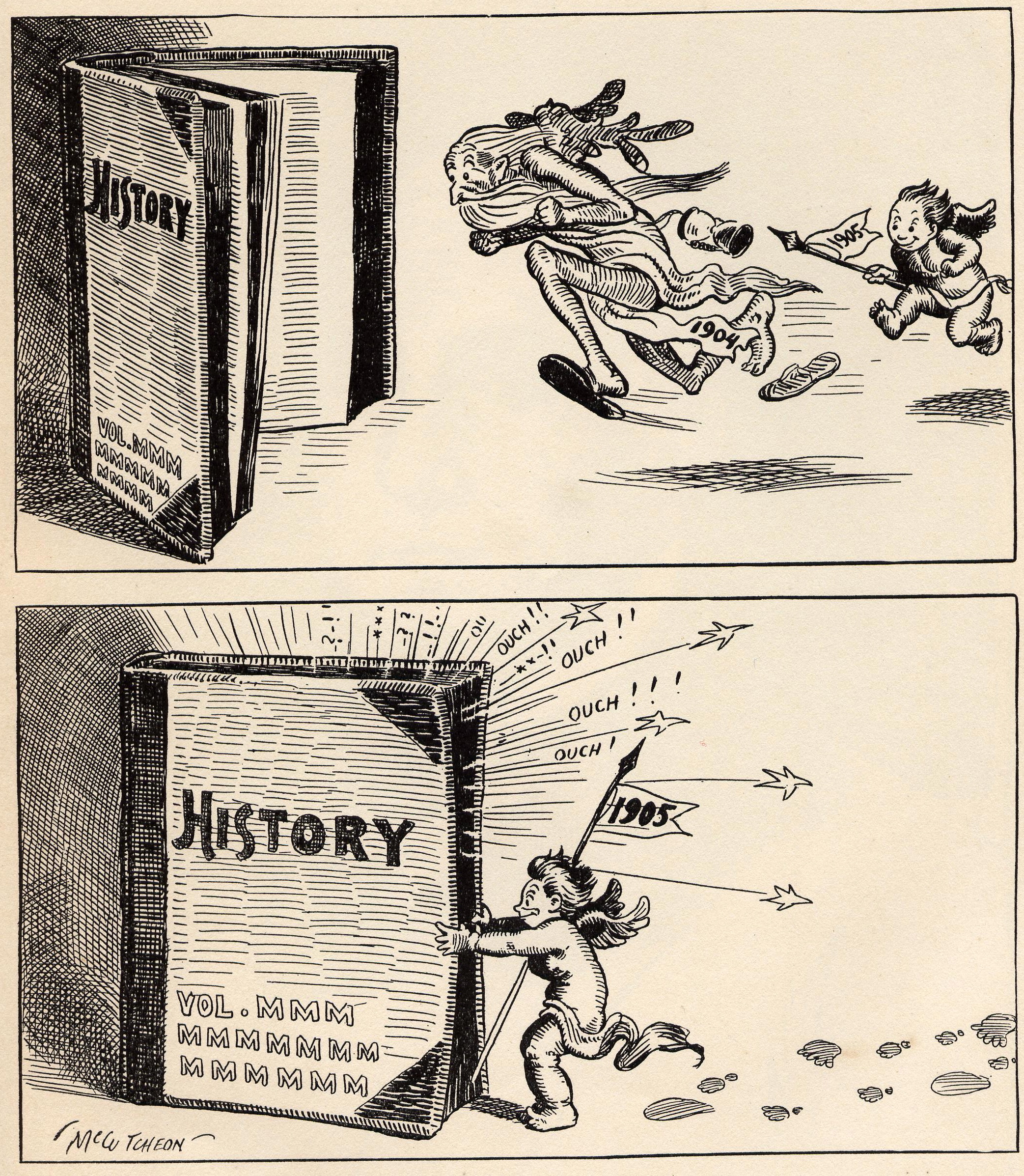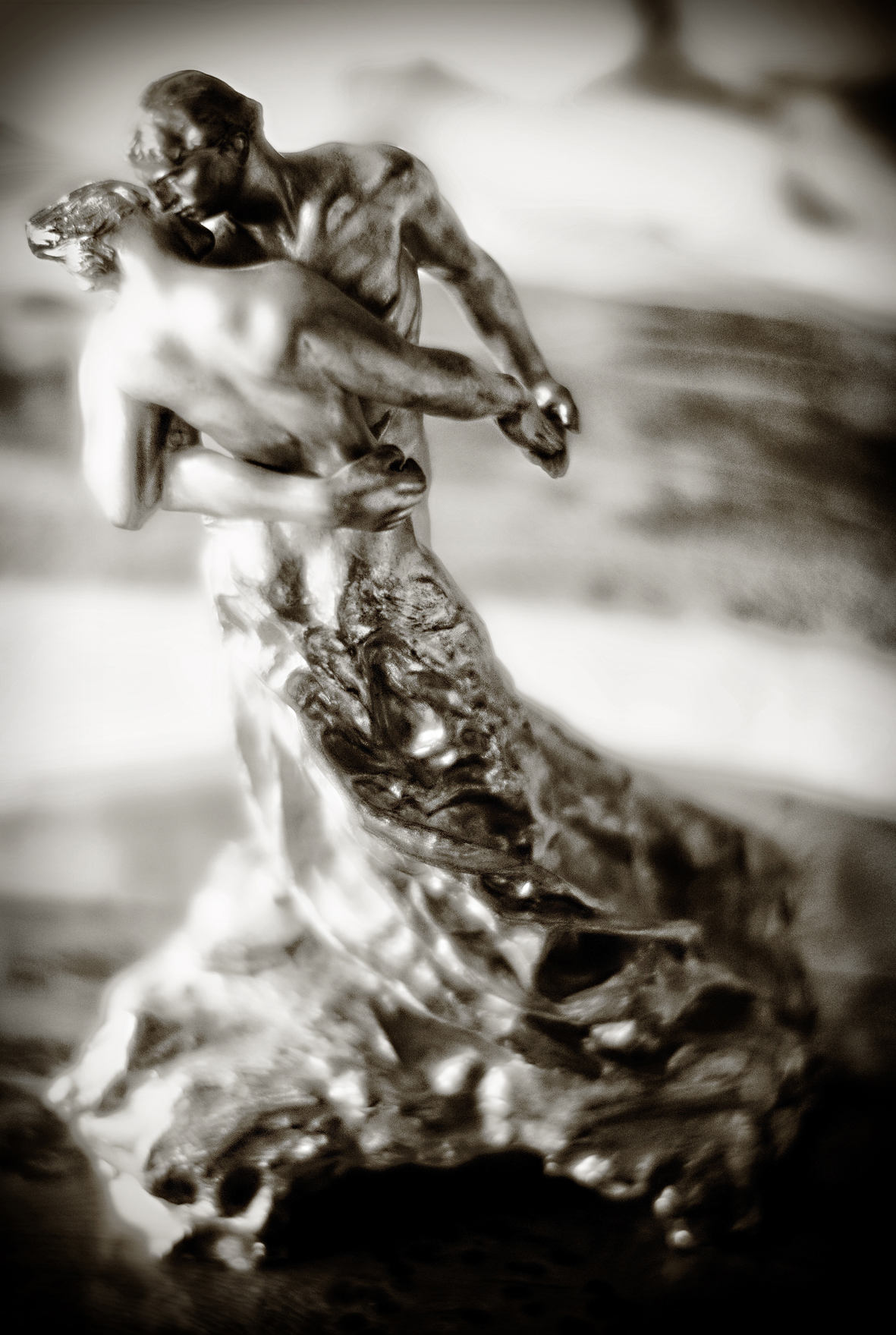|
Herminio Giménez
Herminio Giménez (February 20, 1905 – July 6, 1991) was a Paraguayan composer. Life At the early age of 11 he was already part of the Paraguarí Department, Paraguarí music band and two years later he was hired to be part of the Asunción marching band. While at the marching band he made his first successful song, a Paraguayan polka, polca named ''Jasy Morotí'', in 1918. He was the first person to record Paraguayan music in an album, in 1927. The continued beauty of his works throughout the years positioned Giménez as one of the greatest Latin American composers. During the Chaco War he was assigned as the Director of the Military band and once the war was over he received several awards. Due to the dictatorship of Alfredo Stroessner's government, Giménez went into exile in Argentina. He spent most of his time in the city of Corrientes. After Stroessner was ousted, he returned to Paraguay and died in 1991. Works Giménez compositions ranged from Paraguayan polkas and G ... [...More Info...] [...Related Items...] OR: [Wikipedia] [Google] [Baidu] |
Guarania (music)
Guarania is a genre of music created in Paraguay by musician José Asunción Flores in 1925, with the purpose of expressing the character of the Paraguayan people. This is accomplished by the slow and melancholic rhythms and melodies used in the songs. Since its creation, the Guarania became the biggest musical phenomenon of Paraguay in the 20th century thanks to songs such as ''Jejuí'' (the first guarania), ''Kerasy'', ''India'' and ''Arribeño Resay'', which generated an immediate acceptance. The best known Guarania songs are ''Recuerdos de Ypakaraí'', ''Ne rendápe aju'', ''Mis noches sin ti'', ''Panambí Vera'', and ''Paraguaýpe''. The Guarania is highly regarded in the urban areas, but not in the countryside. This is because the people in the countryside prefer faster styles of songs, such as the paraguayan polka, which is danced more. See also * Music of Paraguay The folkloric traditional music of Paraguay Paraguay, officially the Republic of Paraguay, is a ... [...More Info...] [...Related Items...] OR: [Wikipedia] [Google] [Baidu] |
Paraguayan Expatriates In Argentina
Paraguayans () are the citizens of Paraguay. Though the majority of Paraguayans reside in Paraguay, significant communities have been established in multiple countries, most noticeably Argentina, Spain, United States, Brazil. History The first inhabitants of Paraguay were the Guarani people. Racial and ethnic groups As in other Latin American countries, in Paraguay, from the onset of Spanish Empire, Spanish colonization and settlement, miscegenation or ''mestizaje'' was the norm rather than the exception. Paraguay has one of the most homogeneous populations in South America. About 75% of the people are mestizo (mixed Spanish and Guarani people, Guaraní Native American descent), 20% are Whites, and the rest are small minorities of Indigenous or Afro Paraguayan origin. European or white Indigenous While only a 1.7% of Paraguay's population is fully indigenous according to the 2012 national census, 75% of the population identifies as being partially of indigenous descent ... [...More Info...] [...Related Items...] OR: [Wikipedia] [Google] [Baidu] |
1991 Deaths
This is a list of lists of deaths of notable people, organized by year. New deaths articles are added to their respective month (e.g., Deaths in ) and then linked below. 2025 2024 2023 2022 2021 2020 2019 2018 2017 2016 2015 2014 2013 2012 2011 2010 2009 2008 2007 2006 2005 2004 2003 2002 2001 2000 1999 1998 1997 1996 1995 1994 1993 1992 1991 1990 1989 1988 1987 1986 Earlier years ''Deaths in years earlier than this can usually be found in the main articles of the years.'' See also * Lists of deaths by day * Deaths by year (category) {{DEFAULTSORT:deaths by year ... [...More Info...] [...Related Items...] OR: [Wikipedia] [Google] [Baidu] |
1905 Births
As the second year of the massive Russo-Japanese War begins, more than 100,000 die in the largest world battles of that era, and the war chaos leads to the 1905 Russian Revolution against Nicholas II of Russia (Dmitri Shostakovich, Shostakovich's Symphony No. 11 (Shostakovich), 11th Symphony is subtitled ''The Year 1905'' to commemorate this) and the start of Revolution in the Kingdom of Poland (1905–07), Revolution in the Kingdom of Poland. Canada and the U.S. expand west, with the Alberta and Saskatchewan provinces and the founding of Las Vegas. 1905 is also the year in which Albert Einstein, at this time resident in Bern, publishes his four Annus Mirabilis papers, ''Annus Mirabilis'' papers in ''Annalen der Physik'' (Leipzig) (March 18, May 11, June 30 and September 27), laying the foundations for more than a century's study of theoretical physics. Events January * January 1 – In a major defeat in the Russo-Japanese War, Russian General Anatoly Stessel su ... [...More Info...] [...Related Items...] OR: [Wikipedia] [Google] [Baidu] |
Paraguayan Classical Musicians
Paraguayans () are the citizens of Paraguay. Though the majority of Paraguayans reside in Paraguay, significant communities have been established in multiple countries, most noticeably Argentina, Spain, United States, Brazil. History The first inhabitants of Paraguay were the Guarani people. Racial and ethnic groups As in other Latin American countries, in Paraguay, from the onset of Spanish colonization and settlement, miscegenation or ''mestizaje'' was the norm rather than the exception. Paraguay has one of the most homogeneous populations in South America. About 75% of the people are mestizo (mixed Spanish and Guaraní Native American descent), 20% are Whites, and the rest are small minorities of Indigenous or Afro Paraguayan origin. European or white Indigenous While only a 1.7% of Paraguay's population is fully indigenous according to the 2012 national census, 75% of the population identifies as being partially of indigenous descent; Spanish, an Indo-European lan ... [...More Info...] [...Related Items...] OR: [Wikipedia] [Google] [Baidu] |
March (music)
A march, as a musical genre, is a piece of music with a strong regular rhythm which in origin was expressly written for marching to and most frequently performed by a military band. In mood, marches range from the moving death march in Wagner's ''Götterdämmerung'' to the brisk military marches of John Philip Sousa and the martial hymns of the late 19th century. Examples of the varied use of the march can be found in Beethoven's ''Eroica'' Symphony, in the Marches Militaires of Franz Schubert, in the Marche funèbre in Chopin's Sonata in B flat minor, the "'' Jäger March''" in the by Jean Sibelius, and in the Dead March in Handel's ''Saul''. Characteristics Marches can be written in any time signature, but the most common time signatures are , ('' alla breve'' , although this may refer to 2 time of Johannes Brahms, or ''cut time''), or . However, some modern marches are being written in or time. The modern march tempo is typically around 120 beats per minute. M ... [...More Info...] [...Related Items...] OR: [Wikipedia] [Google] [Baidu] |
Waltzes
The waltz ( , meaning "to roll or revolve") is a ballroom dance, ballroom and folk dance, in triple (3/4 time, time), performed primarily in closed position. Along with the ländler and allemande, the waltz was sometimes referred to by the generic term German Dance in publications during the late 18th and early 19th centuries. History There are many references to a sliding or gliding dance, including ''volte'', that would evolve into the waltz that date from 16th-century Europe, including the representations of the Printmaking, printmaker Sebald Beham, Hans Sebald Beham. The French philosopher Michel de Montaigne wrote of a dance he saw in 1580 in Augsburg, where the dancers held each other so closely that their faces touched. Kunz Haas (of approximately the same period) wrote, "Now they are dancing the godless ''Weller'' or ''Spinner''."Nettl, Paul. "Birth of the Waltz." In ''Dance Index'' vol 5, no. 9. 1946 New York: Dance Index-Ballet Caravan, Inc. pages 208, 211 "The ... [...More Info...] [...Related Items...] OR: [Wikipedia] [Google] [Baidu] |
Corrientes
Corrientes (; Guaraní: Taragui, literally: "Currents") is the capital city of the province of Corrientes, Argentina, located on the eastern shore of the Paraná River, about from Buenos Aires and from Posadas, on National Route 12. It has a population of 346,334 according to the 2010 Census. It lies opposite its twin city, Resistencia, Chaco. Corrientes has a mix of colonial and modern architecture, several churches and a number of lapacho, ceibo, jacaranda and orange trees. It is also home to one of the biggest carnival and chamamé celebrations in the country. The annual average temperature is . The annual rainfall is around . Transportation Located in the Argentine Littoral, near the Argentina–Paraguay border, the General Belgrano Bridge crosses the Paraná River which serves as the natural border with the neighbouring Chaco Province. On the other side of the bridge is Resistencia, capital of Chaco. To the west and up the Paraná, between Paraguay and Ar ... [...More Info...] [...Related Items...] OR: [Wikipedia] [Google] [Baidu] |
Paraguay
Paraguay, officially the Republic of Paraguay, is a landlocked country in South America. It is bordered by Argentina to the Argentina–Paraguay border, south and southwest, Brazil to the Brazil–Paraguay border, east and northeast, and Bolivia to the northwest. It has a population of around 6.1 million, nearly 2.3 million of whom live in the Capital city, capital and largest city of Asunción, and its surrounding metro area. Spanish conquistadores arrived in 1524, and in 1537 established the city of Asunción, the first capital of the Governorate of the Río de la Plata. During the 17th century, Paraguay was the center of Reductions, Jesuit missions, where the native Guaraní people were converted to Christianity and introduced to European culture. After the Suppression of the Society of Jesus, expulsion of the Jesuits from Spanish territories in 1767, Paraguay increasingly became a peripheral colony. Following Independence of Paraguay, independence from Spain ... [...More Info...] [...Related Items...] OR: [Wikipedia] [Google] [Baidu] |



